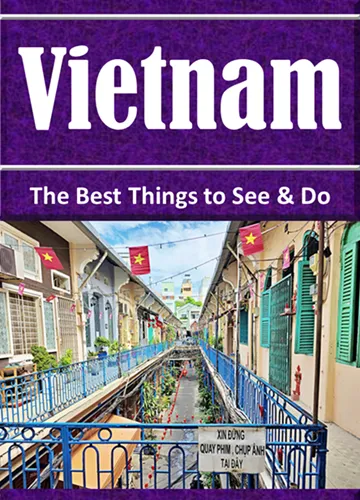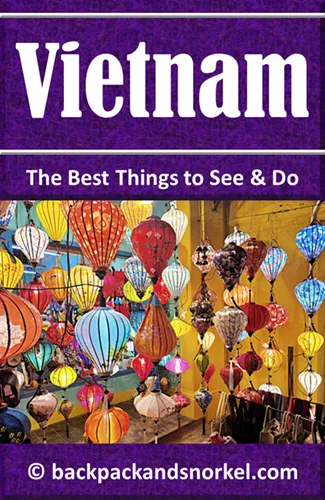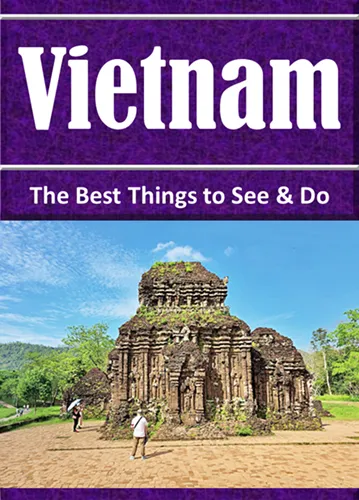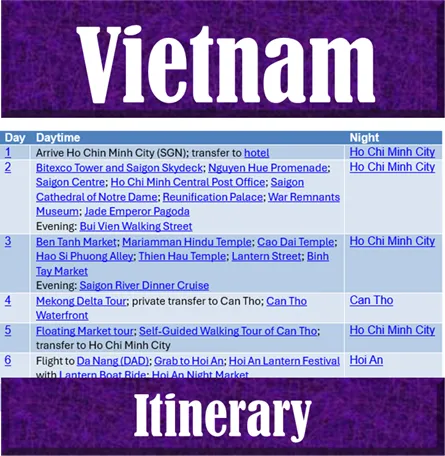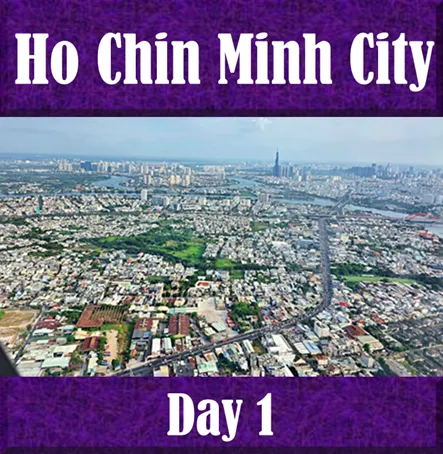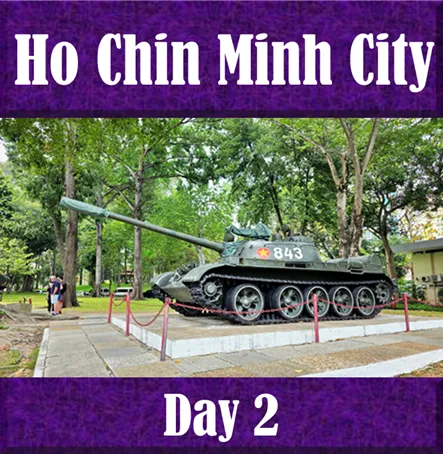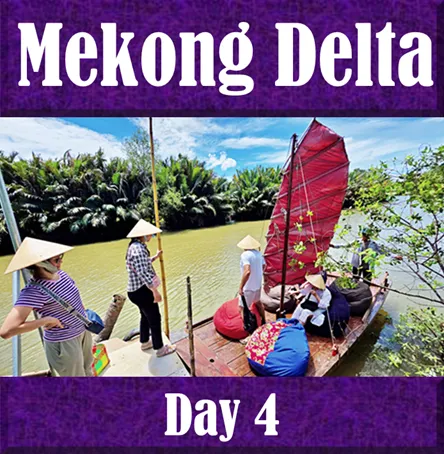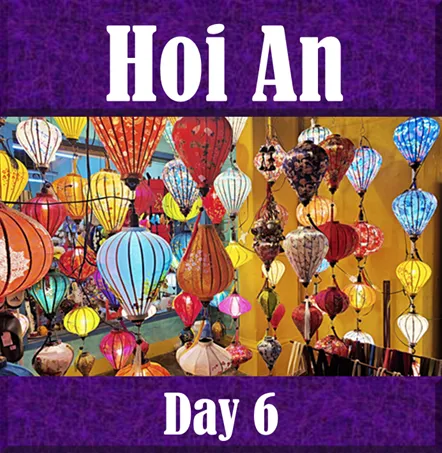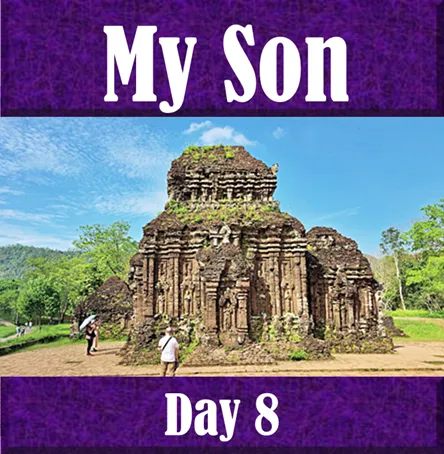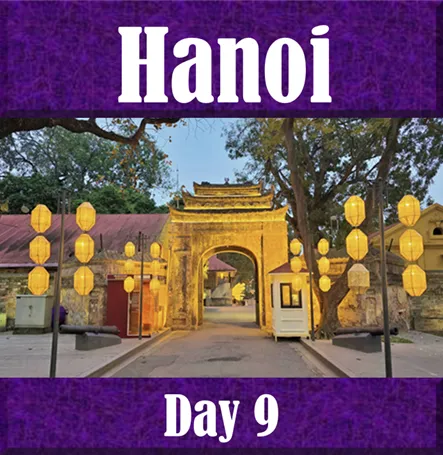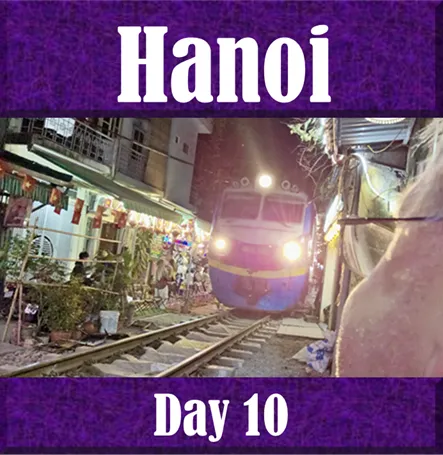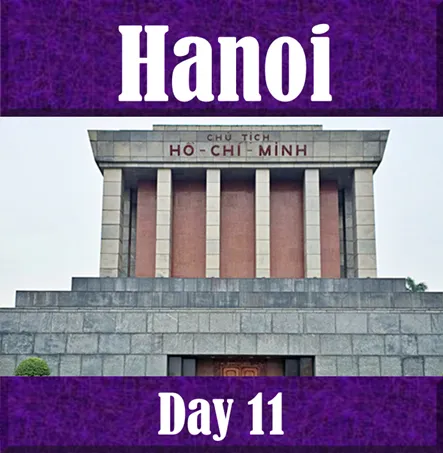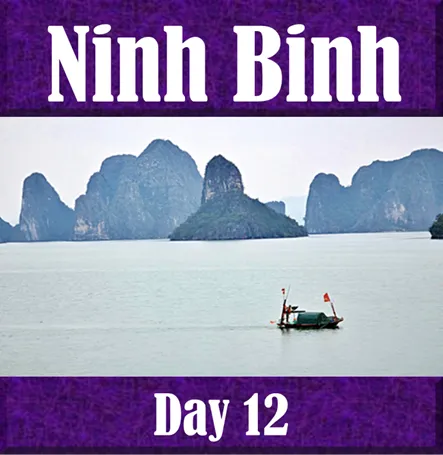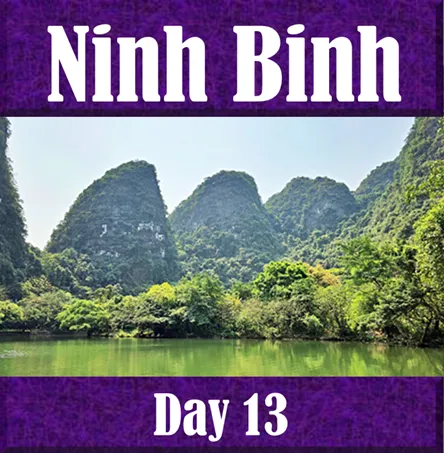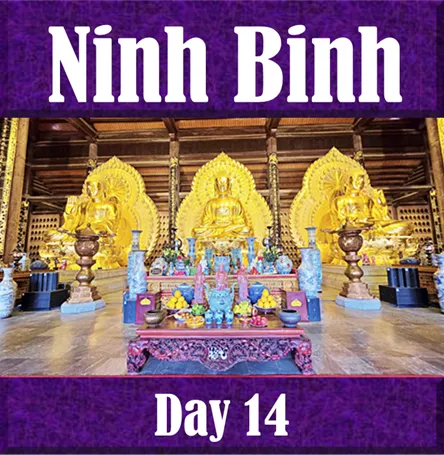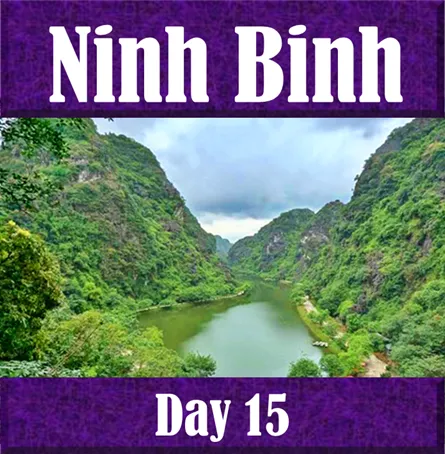Temple of Literature: Hanoi's First University, UNESCO Stelae, & Visitor Guide | Vietnam Purple Travel Guide
(map, reviews)
This is Premium Content! To access it, please download our
Backpack and Snorkel Purple Travel GuideAdmission Fee: 70,000 VND (~US$2.75)
Opening Hours: 8:00am to 5:30pm daily
The Temple of Literature (Văn Miếu–Quốc Tử Giám) was founded almost 1,000 years ago, and is a testament to Vietnam’s deep-rooted respect for education and Confucian values, and an outstanding example of traditional Vietnamese design and harmonious landscaping.
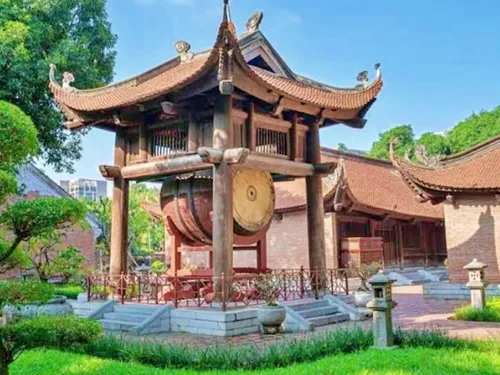
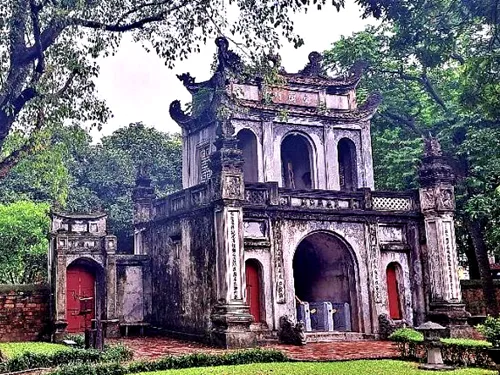
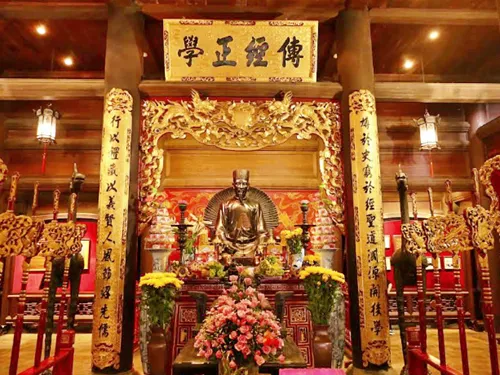
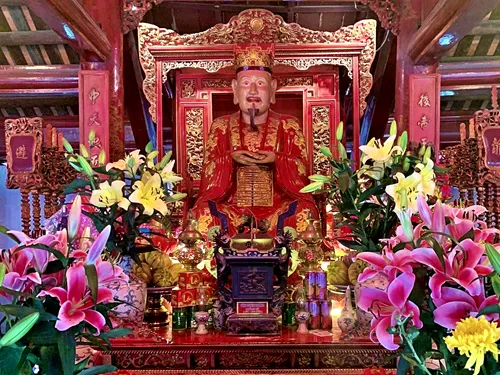
History of Vietnam’s First National University
The Temple of Literature was established in 1070 AD during the reign of Emperor Lý Thánh Tông, initially as a Confucian temple dedicated to Confucius, his disciples, and other great sages. It was modeled after the Confucian temples of China and served both religious and philosophical functions as an intellectual shrine designed to promote learning and virtue.
Six years later, in 1076, Emperor Lý Nhân Tông established Quốc Tử Giám, the Imperial Academy, within the temple grounds. This became Vietnam’s first national university, where the sons of royal families and later the children of high-ranking mandarins were educated in Confucian doctrine, literature, philosophy, and governance. Over time, it expanded to include talented commoners who passed rigorous regional exams.
The academy functioned for nearly 700 years, educating generations of scholars, bureaucrats, and mandarins until the early 19th century when Emperor Gia Long moved the capital to Hue and established a new imperial academy there.
Despite wars, regime changes, and colonial periods, the Temple of Literature has remained a powerful symbol of learning, reverence for knowledge, and national identity. Today, it functions as a historical monument and cultural attraction, frequently visited by students seeking blessings for academic success, as well as travelers drawn by its beauty and legacy.
What to See When You Visit
The Temple of Literature spans a complex of five walled courtyards, each aligned on a north–south axis, with temples, pavilions, and gardens enclosed within brick walls and shaded by ancient trees. The design reflects Confucian principles of balance, hierarchy, and serenity.
The First Courtyard: Đại Trung Môn (Great Middle Gate)
Your journey begins at the grand gate, flanked by two stone steles symbolizing knowledge and virtue. The gate opens into a well-manicured garden with symmetrical paths and ancient trees. This space once served as a formal entrance, separating the scholarly world from the outside.
The Second Courtyard: Khuê Văn Các (Constellation of Literature Pavilion)
One of the most photographed features of the temple, the Khuê Văn Các is a charming red pavilion perched on four white stone columns with a circular window, representing the shining star of literature. Built in 1805, this elegant structure has become an emblem of Hanoi and symbolizes the enlightenment of learning.
The Third Courtyard: Thiên Quang Tỉnh (Well of Heavenly Clarity)
This courtyard centers around a peaceful square pond bordered by walkways and trees. Flanking the courtyard are 82 stone steles mounted on the backs of carved stone turtles, sacred symbols of wisdom and longevity. Each stele bears the names, birthplaces, and achievements of doctorate laureates who passed the national examinations between 1442 and 1779. These steles are invaluable records of Vietnam’s scholarly elite and were recognized by UNESCO as part of the Memory of the World Program.
The Fourth Courtyard: The House of Ceremonies and Dai Thanh Sanctuary
Here, you find the main temple buildings. The House of Ceremonies leads into the Đại Thành Sanctuary, a solemn hall where Confucius and his four greatest disciples are venerated. Statues, altars, and intricate wood carvings are decorated with red lacquer and gold leaf, offering a space of reverence and quiet reflection.
The Fifth Courtyard: Quốc Tử Giám (Imperial Academy)
Originally built in 1076 and reconstructed in the 2000s after wartime damage, this courtyard houses the reconstructed buildings of the Imperial Academy, where classes and scholarly exams once took place. It now serves as a museum and exhibition hall, displaying artifacts related to education in feudal Vietnam, such as ink-stones, writing brushes, clothing, and models of examination rooms.
Tips for Visitors
Dress Modestly: While not strictly enforced, respectful attire is appreciated at this place of reverence.
Plan 60–90 Minutes: To fully appreciate the architecture, gardens, museum exhibits, and stele inscriptions.
Here at Backpack and Snorkel Travel Guides, we promote self-guided walking tours.
But we realize that not everybody likes to walk by themselves in a foreign city. So, just in case that you rather go with ab guide: NO PROBLEM! Please see the GuruWalk and Viator tours below.
free GuruWalk tours
paid Viator tours
Where do you want to go now?
Author: Rudy at Backpack and Snorkel
Bio: Owner of Backpack and Snorkel Travel Guides. We create in-depth guides to help you plan unforgettable vacations around the world.
Other popular Purple Travel Guides you may be interested in:
Like this Backpack and Snorkel Purple Travel Guide? Pin these for later:

